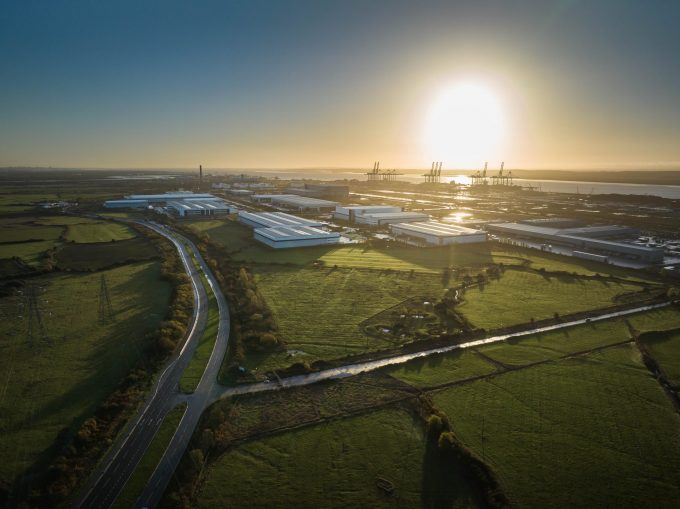FW: Ford drops auto hauler Jack Cooper after 40 years in business together
FREIGHTWAVES reports: Auto hauler Jack Cooper has lost its contract to transport vehicles for Ford Motor ...

The boardroom at DP World’s London Gateway headquarters offers an absorbing panoramic view of the Thames estuary and its immediate low-lying hinterland. To the left sits a row of warehouses sporting logos that look like a logistics postcard; to the right is London Gateway terminal, ...

Comment on this article